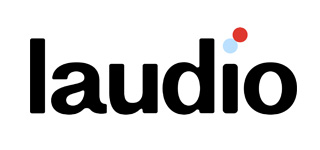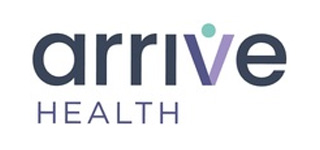SPECTRUM, the world’s largest single-device registry in ophthalmology, has completed enrollment. The announcement was made today by Ivantis Inc., a company dedicated to developing new and innovative solutions for glaucoma. SPECTRUM is a patient registry for the Hydrus® Microstent, a microinvasive glaucoma surgery (MIGS) device to treat patients with mild to moderate primary open-angle glaucoma (POAG) in conjunction with cataract surgery or as a stand-alone procedure outside the United States.
The SPECTRUM Registry, initiated in 2013 in markets outside the U.S., covers the broadest range of glaucoma ever studied in a single body of data for a MIGS device and includes cases from 50 centers in 19 countries. It comprises nearly 3,000 eyes and to date has over 70% follow-up. Of the procedures captured in the SPECTRUM Registry, over 700 were in stand-alone glaucoma cases — the largest reported series of stand-alone glaucoma cases in MIGS. In a cohort of nearly 250 eyes followed for three years, intraocular pressure was reduced by 29% with a commensurate reduction of one medication compared to preoperative levels.
The entire body of SPECTRUM data will be presented in 2021, and certain early subsets will be shared this weekend at the American Academy of Ophthalmology, as well as throughout 2020 at various medical conferences.
“I congratulate Ivantis and the participants from the 50 centers around the world for the substantial commitment and effort put into generating this unprecedented volume of important new MIGS information,” said Richard A. Lewis, MD, of Sacramento Eye Consultants, member of Ivantis’ Advisory Board, and past president of the American Glaucoma Society and the American Society of Cataract and Refractive Surgeons. “The SPECTRUM Registry will offer us a glimpse into what the future of MIGS may hold in the United States.”
Dr. Lewis noted that SPECTRUM Registry surgeons were able to work within a much broader indication than is currently approved in the United States. “The early data suggest this device has utility and range that provides true patient benefit in a wide range of glaucoma, and we will work diligently over the coming years to publish and present new and important data subsets that we hope will illuminate the MIGS field.”
According to Gus Gazzard, MBBChir MA MD FRCOphth, director of the Glaucoma Service at the prestigious Moorfields Eye Hospital, professor in ophthalmology, glaucoma studies at UCL London, a consultant ophthalmic surgeon (glaucoma and cataract) and chief investigator of the Laser in Glaucoma and Ocular Hypertension Trial (LiGHT), and the leading European contributor with over 200 cases in the registry, “I have been using the Hydrus stent for nearly five years across a vast array of patients, ranging from my patients with mild disease undergoing cataract surgery to those who have highly advanced glaucoma. I find the Hydrus to be uniquely versatile in terms of providing the best combination of safety and efficacy for a remarkably broad range patients. I have been particularly impressed by the sustained efficacy the device provides in a very safe manner, even in absence of cataract surgery, and I am excited to see what a comprehensive review of this extraordinary data set will provide in terms of our arsenal of MIGS knowledge.”
“We are grateful to the SPECTRUM centers for their commitment to evidence-based research in glaucoma,” said Dave Van Meter, CEO of Ivantis. “By adding the SPECTRUM outcomes to our HORIZON pivotal trial, for which we recently presented three-year results, Ivantis now has the largest randomized controlled trial and the largest registry in the MIGS space. The SPECTRUM Registry should prove to be an insightful complement to our considerable array of level-one randomized controlled trial publications. Over the last year since FDA approval, we have been extremely pleased by the strong reception of our Hydrus Microstent by the clinical community, and our long-term clinical data has been an important driver for this adoption.”



